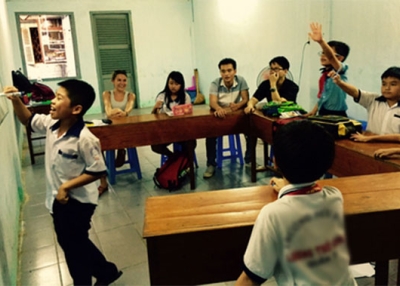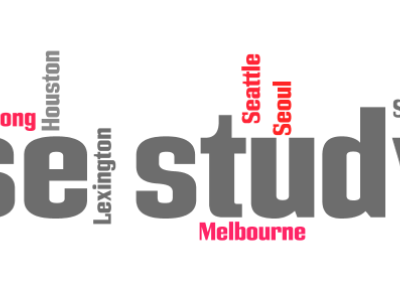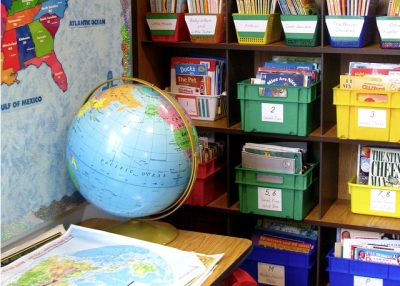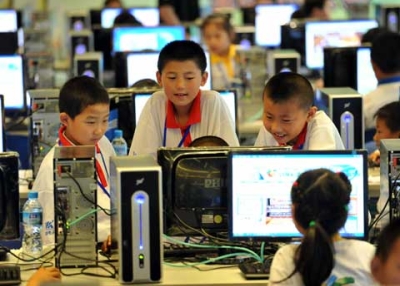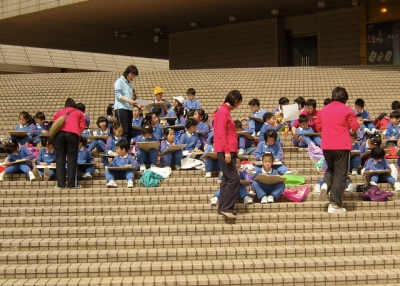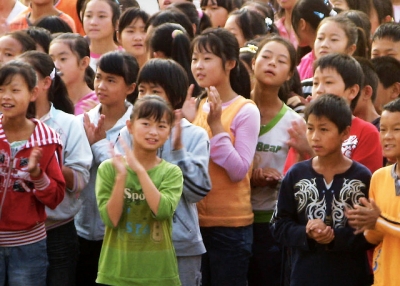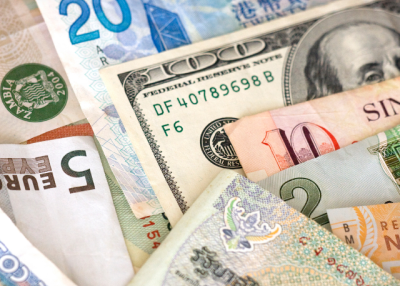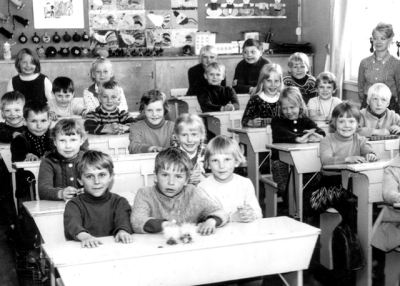Learning from the "Shanghai Secret"

by Jessica Kehayes
The recent history of China’s education system is a dramatic one. In the 1960s—in the throes of the Cultural Revolution—China closed its education system and eliminated schools. The subsequent rebuilding brought focus on quantity and expansion, followed by large efforts to improve quality of basic education. Shanghai, a large and sophisticated city, was always an outlier in China, but even in 2003 the Shanghai system was thought of as largely average. Yet in 2009 and again in 2012, Shanghai scored first on the Program for International Student Assessment (PISA), besting the rest of Asia, Europe, and the United States. How did Shanghai become the number one education system in the world? As Tom Friedman said after visiting last fall, there is no secret. What is driving the high test scores for millions of students—regardless of their backgrounds—is a lot of good educational practice. How did Shanghai manage that in such a short time span? And what does that look like?
At Asia Society’s Global Education for a Global World forum in San Francisco, Dr. Minxuan Zhang of Shanghai Normal University and a leader in the Shanghai Education Commission (and winner of the 2014 Asia Society Leadership Award) gave an enthusiastic audience a glimpse of how Shanghai’s education system has succeeded, and where it’s going next. Framing four “traditional” elements and eight “modern” elements, Dr. Zhang provided lessons for other systems, schools, and districts looking to create a world-class opportunity for students.
The “Four Traditionals” and the “Eight Moderns”
Reflecting on the culture of China, Dr. Zhang outlined four traditional elements that have influenced Shanghai’s success in education:
- High expectations in education: Chinese people hold themselves and their children to a very high bar.
- A strong belief that diligence and hard work change the future of individuals and families: People believe deeply that it is possible to change the trajectory of life if an effort is made. There are many Chinese legends that hinge on hard work driving good fortune. As Dr. Zhang pointed out, this belief is not unique to China (the American dream comes to mind).
- Deep respect for teachers and many advocates for education in the community.
- An open and public examination system as a mechanism for safeguarding the first three traditions. As Dr. Zhang himself noted, many other societies uphold the first three; China is not the only place where there are high expectations and respect for education. However, for the first three traditional beliefs to continue, there must be a system that validates them. The open examination system in China—for high school placement, but also government jobs—makes manifest the first three traditional elements. Though the examination system is widely criticized both inside and outside of China for placing too much pressure on students and promoting rote learning, it is merit-based. All students have the opportunity to take the exam, and much is determined by this score—regardless of family background or finances.
While culture and traditional elements are not easily replicated, many of the “moderns” are reform ideas that could be reviewed and potentially adapted elsewhere, adjusted to fit other cultural conditions. The eight “modern” reforms that Dr. Zhang outlined include:
- An open-door policy that welcomes the latest knowledge, approaches, and scholars from abroad: Many of the ideas implemented in Shanghai have come from other countries, customized or adapted to fit Shanghai’s cultural needs. Shanghai’s very open outlook on learning from the world prompted another panelist at the Global Education for a Global World event, Wendy Kopp of Teach for All, to comment that in the U.S. we “could not be further from this” outlook and it is “critical” that we seek to take a more open approach.
- Persistence on quality improvement both in hardware and software through strategic plans.
- Tackling low-performing schools in various ways, including “empowered management” and teacher mobility: An idea first discovered in the U.S. when private companies like Edison were tapped to take over schools, Shanghai educators adapted the idea of empowered management. Instead of private companies, they contemplated what would happen if successful schools and principals were asked to manage lower-performing schools, and share teaching staff and strategies. Shanghai’s empowered management has been effective and the source of much study. Watch an OECD video to learn more.
- Transformation of local educational levy from rich districts to poor districts.
- Three rounds of curriculum reform in the last three decades, leading to greater decentralization and more innovation-focused curriculum.
- New teaching and learning approaches: Coupled with the new curriculum, new pedagogical strategies were rolled out to strengthen instruction.
- Teachers’ professional development upgraded with various in-service training and stimulation devices: Shanghai is particularly well-known for its outstanding system of teacher professional learning, with extensive career ladders in place, in-school trainings, action research groups, and ongoing supports. Read more at Asia Society’s blog on Education Week.
- A quota of 30% enrollment for top students in low-performing schools in the best high schools: Like many districts, Shanghai is striving for all of its schools to be high-performing but recognizes there is a gap. They are holding spots in high-performing schools for top students from other lower-performing schools to give them an opportunity for success, while simultaneously focusing on strategies to improve lower-performing schools.
The challenge for Shanghai remains a relentless focus on equity and expanding their already massive system to accommodate more students. Domestic urban migration is at the top of the list of issues that will affect education in the immediate future—52% of students in kindergarten in Shanghai today do not have Shanghai hukou, or residency. Schools need to expand, as do teaching strategies, and Shanghai educators will no doubt scour the world to learn the best options, and many partnerships are already in process.
Dr. Zhang also reflected on use of exams like PISA. He articulated its value as a tool to improve policy making, reflect, and make better data-driven decisions, as well as expand the focus of education beyond “the basics” to include problem-solving, creativity, and reasoning. Though they are number one on this exam, Shanghai does not rest on its “medal,” but uses the opportunity to cull data to raise quality, and improve the system for all—a not-so-secret strategy from which we all could learn.

